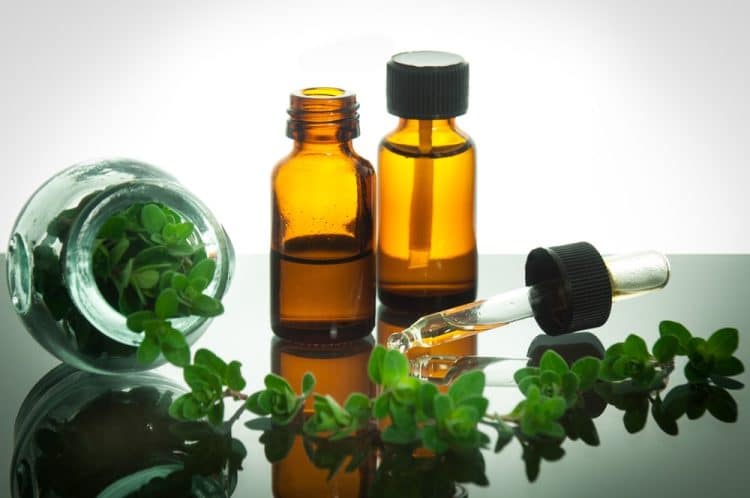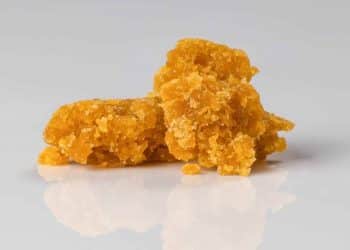Phytochemicals have been used in naturopathy in the form of medicinal herbs, spices, teas, and foods for various pharmacological effects. [1] Obtaining vital phytonutrients from plants and seeds is done by extraction. There are many extraction methods used by industry with varying results. The method chosen by a company has a cost-benefit analysis of economic feasibility versus environment impact. Conventional methods typically have higher environmental costs while newer methods have higher dollar costs in terms of method and product yields.
Mechanical Pressing – Expeller pressing is commonly used on an industrial scale for seed extractions from canola, sunflower, flax and safflower, and can produce lower yields than solvent extraction. Extrusion pressing may yield more product than expelling but more direct studies are needed. Both have less environmental impact but come at a higher economic risk due to low yield. [2]
Solvent Extractions – One of the most common solvents used in oilseed extraction, hexane (n-hexane), is efficient in oil recovery, is inexpensive, and can be recycled, but comes at the cost of being explosive, and is a neurological and environmental toxin. Also, organic labeled products cannot use hexane for extraction. Some alternatives to hexane have been ethanol and isopropanol with promising results but environmental and health impacts are still being researched. [2]
Supercritical CO2 Extraction – Pressurized carbon dioxide (CO2) is mixed with solid raw material. Supercritical CO2 forms at its critical point of 31⁰C and 72.8 atm. The biggest advantages of SCO2 extraction over conventional solvent extraction methods are faster extraction times and environmental benefits such as being nonflammable and recyclable. Product quality is improved because there are no solvent residues and products remain pure. Downfalls are initial capital expense and there may be insignificant changes in yield over solvent extraction methods, especially given the non-polar nature of CO2. [2] Regarding cost, it’s best to consider the total cost of ownership over time rather than just initial equipment costs.
Aqueous Extraction Processing – Using water for extraction of seeds instead of a solvent like n-hexane resolves issues of solvent residue and health and environmental impacts but leaves the product in four separate forms (solid residue, protein-rich skim, lipid-rich cream, and free oil), requiring expensive or environmentally impactful pretreatments to capture the most desired free oil form which still have low yield results. [2]
Enzyme-Assisted Aqueous Extraction – Seeds treated with targeted enzymes or cocktails of enzymes can degrade the cell walls, facilitating oil release. Enzyme use is environmentally and economically friendly and has high yield results. However, enzymes are finicky and require specific conditions to work. Maintaining those conditions can be costly and time consuming. [2]
Resources
[1] Leitzmann C. Characteristics and health benefits of phytochemicals. Forsch Komplementmed. 2016;23(2):69-74. [journal impact factor = 1.21; times cited = 47].
[2] Lavenburg VM, Rosentrater KA, Jung S. Extraction methods of oils and phytochemicals from seeds and their environmental and economic impacts. Processes. 2021; 9(10):1839. [journal impact factor = 3.04; times cited = 0].












